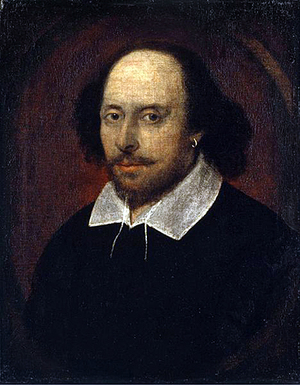The only thing that is almost always true about a sonnet is that it has 14 lines. The Medieval and Renaissance poets who pioneered it found this number was perfect for making short, but not too short, statements on matters of love, politics, or even religion (though most often love). And though modern sonnets can be vastly different from those written by Dante or Shakespeare centuries ago, for the most part they still adhere to this basic principle
One of the two most common forms in English is the Petrarchan Sonnet, named after the 14th Century Italian poet Francesco Petrarca. Better known as simply Petrarch, his sonnets about his unrequited love for a noblewoman named Laura were some of the first of their kind ever translated into English. The Petrarchan Sonnet is broken into two rhetorical sections: the octet, or first eight lines, which generally rhyme a b b a a b b a, and the sestet, or last six lines, which have a variable rhyming scheme, with c d d c d d and c d c d c d being fairly popular. In the octet, the poet establishes a subject or theme, then in the sestet, the theme is elaborated, reflected on, or completely turned on its head. A particularly good example of this is Gerard Manley Hopkin’s poem God’s Grandeur. The octet is full of sound and imagery that evoke dullness the toil, which the sestet turns this on its head and evokes joy of delight in nature. Not all Petrarchan sonnets go in this direction with the “turn” between octet and sestet, but the sestet is always a reflection on the octet in some way.
The most common sonnet in our language is the Shakespearean Sonnet. Although they bear his name, Shakespeare was not in fact the first English poet to write them: that honor goes to Thomas Wyatt, a poet of the court of Henry VIII. Unlike the more complex Petrarchan, this sonnet has the rather simply rhyme scheme of a b a b c d c d e f e f g g. Whereas it’s counterpart is based on the octet and the sestet, the Shakespearean sonnets is rhetorically divided into four units: three quatrains, or four-lined stanzas, with interlocking rhymes, followed by a couplet.
While there are examples of Shakespearean sonnets that put their “turn” after the eighth line, more often they put it between the quatrains and the couplets. Usually, the couplet is a snappy recap of everything that has come before, but there are sonnets that, just like their Petrarchan forebears, use it to turn the rest of the poem on its head. One of the best examples of this is Shakespeare’s Sonnet 130. The first three quatrains make fun of the conventions of love poetry that lavish outlandish praise on the beloved. But the couplet quickly reclaims the love theme by asserting that the poets’ more even-eyed love, which accepts the beloved’s faults, is truer than that of lovers who pretend their beloved is perfect.
There are perhaps more sonnets in English than there are stars in the sky, and possibly there are more types of sonnets that there are constellations. But if you have a basic understanding of these two major forms, the Petrarchan and the Shakespearean sonnet, you will at least have some frame of reference to compare them with. Perhaps next time, we’ll review some of the more obscure sonnet forms. We shall see.



